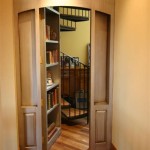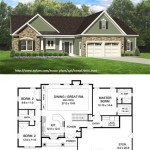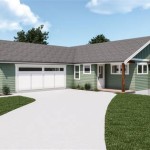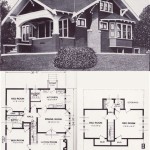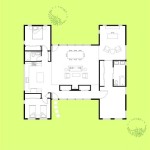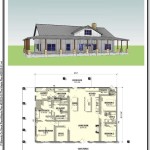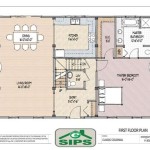Eco-Friendly Home Design: A Guide to Sustainable Living
In an era marked by increasing environmental consciousness, the concept of sustainable living has gained unprecedented prominence. Homes, being the sanctuaries in which we spend a significant portion of our lives, offer a unique opportunity to embrace eco-friendly practices. Eco-friendly home design plans prioritize the environment, promoting both sustainability and well-being.
Benefits of Eco-Friendly Home Design
Embracing eco-friendly home design entails numerous advantages, including:
- Reduced Environmental Impact: Eco-friendly homes minimize energy consumption, water usage, and carbon emissions, thereby reducing their overall environmental footprint.
- Lower Utility Bills: Energy-efficient appliances, insulation, and lighting can significantly reduce monthly utility costs.
- Improved Health: Eco-friendly building materials and finishes contribute to a healthier indoor environment, reducing exposure to harmful pollutants.
- Increased Resale Value: Homes designed with sustainability in mind often have higher resale value in environmentally conscious markets.
Elements of Eco-Friendly Home Design
To create an eco-friendly home, consider the following design elements:
- Energy Efficiency: Incorporate energy-efficient appliances, insulation, windows, and lighting systems to minimize energy usage.
- Water Conservation: Install low-flow fixtures, drought-tolerant landscaping, and rainwater harvesting systems to reduce water consumption.
- Sustainable Materials: Opt for building materials and finishes that are recycled, sustainably sourced, and emit low VOCs (volatile organic compounds).
- Natural Lighting: Maximize natural light through large windows and skylights, reducing reliance on artificial lighting.
- Passive Solar Design: Design the home to take advantage of the sun's natural heat during winter and minimize overheating during summer.
Green Building Certifications
To ensure that your eco-friendly home meets industry standards, consider obtaining a green building certification. These certifications provide independent verification of sustainable building practices and can enhance the home's resale value.
- LEED (Leadership in Energy and Environmental Design): The most widely recognized green building certification system.
- Passive House: A rigorous certification that emphasizes energy efficiency and passive solar design.
- GreenPoint Rated: A certification system that focuses on homes that are both sustainable and affordable.
Conclusion
Embracing eco-friendly home design is a responsible step towards sustainability and a healthier living environment. By incorporating energy-efficient features, conserving water resources, and utilizing sustainable materials, you can create a home that minimizes its environmental impact, reduces utility bills, and promotes well-being. Consider obtaining a green building certification to ensure that your home meets the highest standards of environmental performance. By embracing eco-friendly home design, you can make a meaningful contribution to a more sustainable future and enjoy the benefits of living in a responsible and energy-conscious space.

Eco Friendly Home Plans House Design

The Top 10 Sustainable Home Design Trends In 2024

Green Building Designs Plans And Guidelines

Eco Friendly Home Designs Salter Spiral Stair
Ecogeneration Luxury Sustainable Modular Homes Ecoliv

Eco Design Energy Efficient Homes Greenmatch Co

Eco Friendly Single Floor Kerala Villa House Design Courtyard Plans
This Entirely Customizable Dwelling Unit Raises The Bar In Energy Efficient Green Home Market Place Plans By Leap Adaptive

Eco Sustainable House Djuric Tardio Architectes Archdaily

25 Small Sustainable House Plans Cutaway Drawings Natural Building Blog Home

